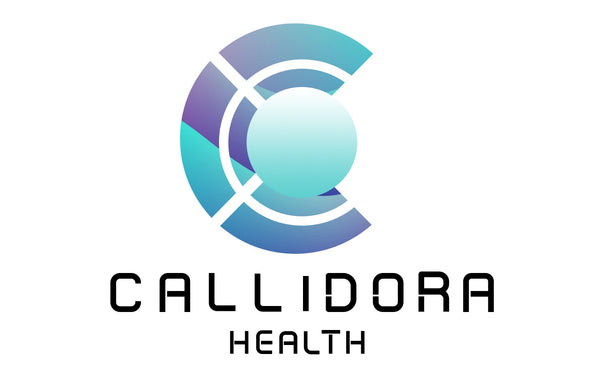Physiotherapy is a diverse and holistic approach to improving physical health, managing pain, and restoring mobility. Whether you're recovering from an injury, managing a chronic condition, or looking to improve overall physical function, physiotherapy offers a wide range of techniques tailored to individual needs. Here, we explore some of the most effective physiotherapy techniques used to promote healing and enhance well-being.
1. Manual Therapy
Manual therapy involves hands-on techniques performed by a physiotherapist to improve joint mobility, reduce pain, and relax tight muscles. This technique includes:
Soft Tissue Mobilization: Massage-like movements to reduce muscle tension and increase blood circulation.
Joint Mobilization and Manipulation: Gentle pressure applied to joints to restore their range of motion and alleviate stiffness.
Manual therapy is highly effective in treating conditions like back pain, neck pain, and joint dysfunction.
2. Exercise Therapy
Exercise therapy is a cornerstone of physiotherapy. It includes tailored exercises designed to:
Strengthen weak muscles.
Improve flexibility and balance.
Enhance overall endurance.
Physiotherapists create personalized exercise plans to target specific issues, from post-surgery recovery to athletic performance enhancement.
3. Electrotherapy
Electrotherapy uses electrical currents to manage pain, stimulate muscles, and promote healing. Common forms of electrotherapy include:
TENS (Transcutaneous Electrical Nerve Stimulation): Relieves pain by sending low-voltage electrical signals to nerve endings.
Ultrasound Therapy: Uses sound waves to reduce inflammation and accelerate tissue repair.
EMS (Electrical Muscle Stimulation): Activates weak muscles to improve strength and function.
Electrotherapy is particularly useful for conditions like arthritis, tendonitis, and nerve pain.
4. Dry Needling
Dry needling involves inserting thin needles into trigger points (knots in the muscles) to release tension, improve blood flow, and reduce pain. While it’s often compared to acupuncture, dry needling is based on modern Western medicine principles and focuses on addressing musculoskeletal issues.
This technique is effective for treating muscle pain, tension, and sports-related injuries.
5. Cupping Therapy
Cupping therapy uses suction cups placed on the skin to:
Increase blood flow.
Relieve muscle tension.
Promote relaxation and tissue healing.
This ancient technique has gained popularity in physiotherapy for its effectiveness in reducing chronic pain and inflammation.
6. Heat and Cold Therapy
Heat Therapy: Increases blood flow, relaxes muscles, and alleviates stiffness.
Cold Therapy (Cryotherapy): Reduces inflammation, swelling, and acute pain.
These therapies are often used as complementary treatments to enhance recovery.
7. Postural Training
Poor posture can lead to a host of physical problems, including back pain and muscle imbalances. Physiotherapists assess and correct posture through:
Strengthening exercises.
Ergonomic advice.
Techniques to develop better body awareness.
8. Hydrotherapy
Hydrotherapy involves performing exercises in a warm water pool. The buoyancy of water reduces stress on joints while the warmth soothes muscles. It is particularly beneficial for individuals with arthritis, joint pain, or those recovering from surgery.
9. Kinesiology Taping
Kinesiology taping involves applying elastic tape to the skin to:
Provide support to muscles and joints.
Reduce pain and inflammation.
Improve circulation and facilitate movement.
This technique is often used by athletes to prevent injuries and enhance performance.
10. Education and Lifestyle Advice
Beyond physical techniques, physiotherapists educate patients on:
Proper body mechanics to avoid strain.
Lifestyle changes to support long-term health.
Strategies to prevent recurring injuries.
Choosing the Right Physiotherapy Techniques
The choice of physiotherapy techniques depends on the individual’s condition, goals, and overall health. A skilled physiotherapist evaluates your needs and creates a personalized treatment plan to ensure optimal results.
